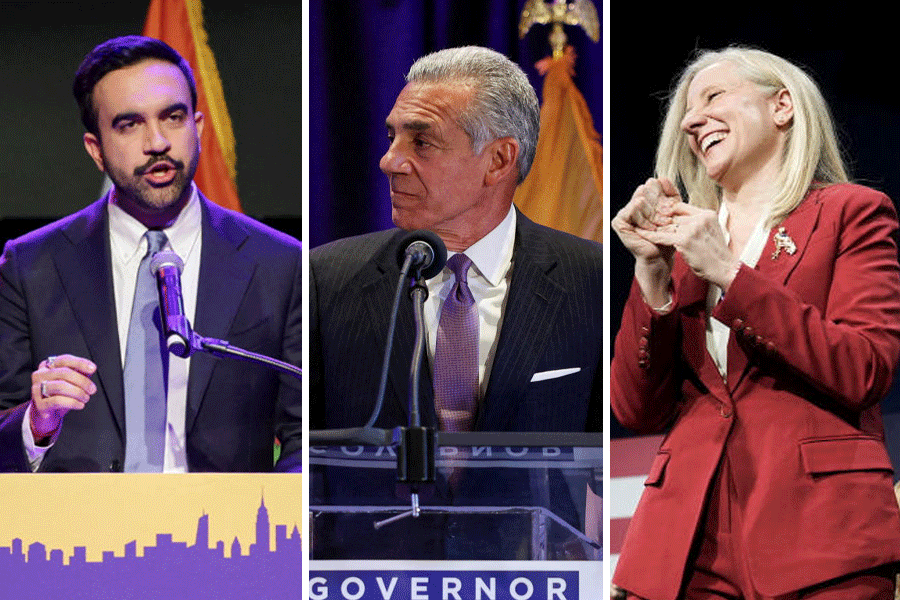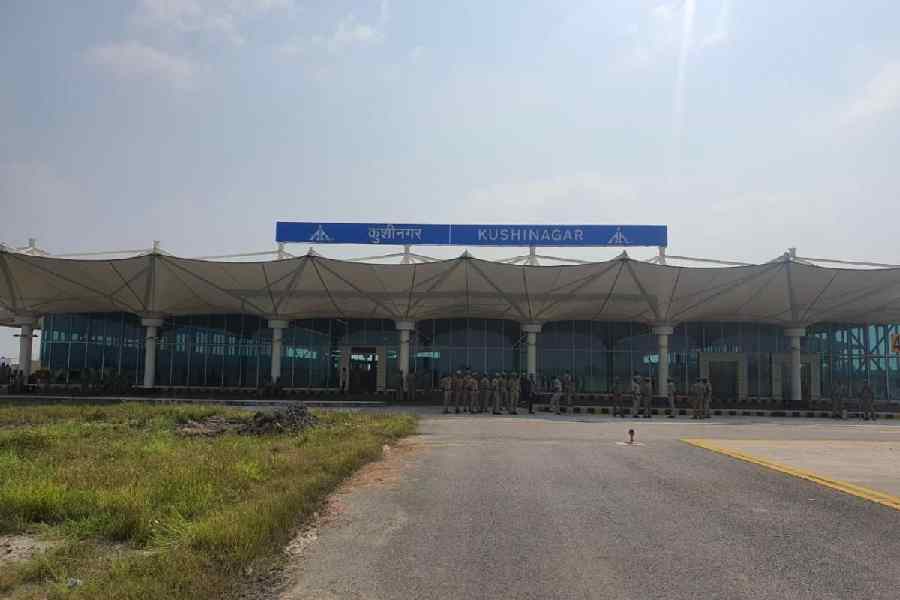 |
| Taking catnaps can boost your productivity |
Kindergarteners fight against nap time because they want to be just like the grown-ups. But those grown-ups would give anything for a chance to close their eyes during the endless time between lunch and dinner.
You know the feeling — your screen starts to blur, your eyelids become heavy, your mouth feels cottony, and you would give back all the perks of adulthood to be able to curl up on the floor.
Now, out of Greece, comes permission to do exactly that. A study of more than 23,000 adults shows that those who napped for about 30 minutes each week had a 37 per cent lower risk of dying from a heart attack than those who did not.
This is hardly the first study showing that sleep is more than simply time when we really should be at work. Other studies, though few as extensive as the Greek research, show that short periods of sleep during the day increase productivity and creativity while reducing stress. And even without surveys, we know this from experience.
When you need a nap, you need a nap. Nothing — not caffeine, not a chocolate bar, not a pill — recharges the battery in the same way. Which is why so many of us have been sneaking naps at work for years. Mark Lipschutz, a computer specialist in Philadelphia, for one, acknowledges disappearing out to the company parking lot when the need hits. There he reclines the front seat of his car, sets the alarm on his mobile phone, puts on the eyeshade he carries for just this purpose and sacks out. Eight or 10 minutes are often enough. More than 20 and he wakes up groggy.
Jen Singer has been known to tell clients that she can’t make a 1 pm conference call because “I have a meeting”. What she does not tell them, she confesses, is that “it’s a meeting with my pillow”. She edits a website called MommaSaid.net from home, which makes it easier to nap without being seen.
(As one who also works from home, I understand this strategy; I have been known to tell my children that I am on a “conference call” for an hour and cannot be disturbed. Heaven forbid they find out that Mom is asleep in the mid-afternoon).
The most interesting thing that Lipschutz and Singer have to tell us is not that they nap, but that they feel the need to sneak those naps. They don’t simply announce, “I am off to take a nap”, in the same matter-of-fact tone as “I’m off to lunch” or “I’m done for the day” (or “I’m on a conference call”).
This is not the case in other parts of the world.
The legacy of the siesta lingers in Spanish culture, and in some countries of the Far East, workers all put their heads on their desks in the middle of the day and snooze as one.
Nor has it always been an embarrassment to nap in the West. Thomas Edison was famous for his ability to catnap anywhere. Winston Churchill napped once a day, without apology, during World War II.
“You must sleep sometime between lunch and dinner,” Churchill said, explaining that this includes taking off one’s clothes and climbing into bed. “Don’t think you will be doing less work because you sleep during the day.
That’s a foolish notion held by people who have no imaginations. You will be able to accomplish more. You get two days in one.”
But over the last several decades, as workdays lengthened, as executives began to brag that they functioned best on a mere four hours’ sleep a night, as Americans started bringing their laptops along on vacation — when they took those vacations at all — sleep has come to be seen as a luxury at best, and as a weakness at worst.
The only way the Greek napping study will make a substantive difference in the average workday is if it somehow helps to redefine sleep as something macho and competitive. A few companies out there have added rooms outfitted with couches, recliners, comforters and pillows to their menu of life/work perks.
Some businesses describe these rooms not in terms of health and well-being, but as a way to gain a competitive edge.
At the office of the law firm Kilpatrick Stockton in Raleigh, North Carolina, for instance, the room in question is called the Power Room. As in power nap. As in “taking away the stigma of napping and replacing it with strength and energy,” says Carol Vassey, the firm’s office manager.
Sleep as strategy. As secret weapon. As business plan. Call it what you must. And then get some rest.











